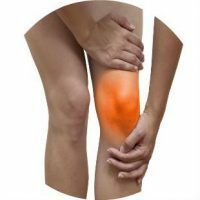
Bursitis of the knee joint is a purulent, serous( infectious) or hemorrhagic( with the presence of blood) inflammation of the mucous bag of the knee joint( bursa).Bursitis can be obtained as a result of injuring the knee cap from a stroke, from infection or diathesis, but in most cases appears for no apparent reason.
- Types bursitis
- Prepatellyarny
- Suprapatellyarny
- Popliteal
- reasons
- Symptoms
- In acute bursitis
- In chronic bursitis
- Stages of development
- Acute
- Subacute
- Chronic
- Recurrent
- Diagnostics
- Physiotherapy
- Radiotherapy
- Shockwave therapy
- Massage
- Treatment of noninfectious bursitis
- Treatment of infectious bursitis
- Folk remedies
- Celery broth
- Conifer bath
- Compress cabbage
- Ointment soap
- Herbal infusion
- Fresh leaves lilac
- leaves of Kalanchoe
- Sugar compress
- Propolis
- Flax seeds
- decoction of burdock root
- salt compress
- Vegetable wrap
- Massage aromamaslami
- Consequences
- Therapeutic diet
- Prevention
Types bursitis
There are three types of bursitis:
to contents ^Prepatellar
This is a chronic inflammation of the prepatellar sac( bag with lubricant for lubricating the sustavov).Basically, the appearance occurs after the monotonous mechanical damage( often getting up on one knee).With such a bursitis, there is swelling above the knee, which is accompanied by pain during movement and load.
to table of contents ^Suprapatellar
Or infratellular, this type of bursitis causes inflammation of the popliteal sac itself, which is accompanied by stiffening of joint motion and sharp pains in the knee. Appears after injuring the knee cap as a result of a stroke or a fall.
Popliteal
Or goose, with this kind of bursitis a synovial bag, or Baker's cyst, which is under the knee, becomes inflamed. It occurs in the elderly, patients with obesity or arthritis. There are difficulties when bending the knee when squatting.
to table of contents ^Reasons for
The causes of bursitis of knee joints are:
- permanent, monotonous movements;
- physical stress on the knee cap;
- fall, knee injury on impact;
- infectious inflammation after cuts, scratches or other injuries;
- heavy weight, because of which there is a strong load on the legs;
- infection of the body by infection( syphilis, gonorrhea, tuberculosis of bones;
- incorrect exercise load;
- arthritis;
- hormonal failure;
- dilations;
- salt deposition in metabolic disorders.
Symptoms of
With different types of disease and symptomatology manifests itselfdifferent:
to table of contents ^With acute bursitis
Acute bursitis is an inflammation that occurs immediately after a stroke or an injury
There are such symptoms:
- swells up popliteal bagthe touch becomes elastic)
- pain at the site of edema
- difficulty of joint movement
- increases temperature, weakness appears
- starts to get stronger with time, the temperature reaches 400C
- begins a purulent process
With chronic bursitis
Chronic bursitisbecomes after untimely treatment of acute bursitis.
Symptoms:
- movement of the joint is not hampered;
- swelling becomes soft to the touch;
- there is no swelling and pain;
- decreased immunity;
- probability of relapse.
Stages of development of
There are different stages of development of bursitis of the knee joint:
to the table of contents ^Acute
In an acute stage, inflammation of the articular bag is observed, weakness, fever, acute pain, skin and muscle tissue in the site of inflammation becomes hot.
to contents ^
Subacute
At this stage, most of the symptoms disappear( pain and swelling decrease, the general condition of the body improves).But in fact, the disease becomes protracted and acquires an infectious nature, lymph nodes can increase, the body temperature rises periodically and malaise occurs.
to contents ^Chronic
Chronic bursitis is considered, in which there is a violation of normal outflow of fluid from the bag. The bursitis sheath thickens, and this can cause problems with flexion and extension of the knee. If you do not treat chronic bursitis, then there is a possibility of growth and the appearance of small hemorrhages in the synovial bag, as well as the growth of the hygroma( a tumor-like growth with a turbid liquid inside).
to contents ^Recurrent
At this stage of bursitis, exacerbations of the disease are possible due to repeated injuries of the knee and knee joint.
to contents ^Diagnosis
Before diagnosing bursitis, the following manipulations are carried out:
- patient questioning for newly acquired injuries and transferred infections;
- at an acute stage with a synovial bag a puncture is taken and sent for examination, to determine the presence of an infectious agent;
- can also be used for X-ray, MRI( magnetic resonance imaging), ultrasound( ultrasound scanning).
- loading. ..
Physiotherapy
Several types of physiotherapy are used for treatment:
to the table of contents ^Radiotherapy
With this therapy, bursitis is irradiated, which removes pathogens in the synovial fluid. The mobility of the joint is restored, inflammation and pain are removed.
The dose depends on the severity of the disease, mainly the course lasts up to three weeks. Such a procedure can adversely affect the body.to contents ^Shockwave therapy
During this procedure, the bursitis is affected by electromagnetic waves of high and medium range. The duration of therapy is 5-6 sessions.
to the table of contents ^Massage
Massage enhances blood circulation in the diseased limb. It is necessary in circular movements to mow the femoral muscles, first behind, then in front from the knee to the groin.
to table of contents ^Treatment of noninfectious bursitis
For the treatment of non-infectious bursitis, such therapies are used:
- to keep the limb at rest;
- apply knee bandages and cold compresses to the knee;
- use drugs that relieve inflammation( Ibuprofen, Furagin, Diclofenac, Flexen);
- aspiration of synovial fluid( under local anesthesia, internal treatment of bursitis with antiseptic is done,
- injections with corticosteroids for acute pain relief:
Diprospan
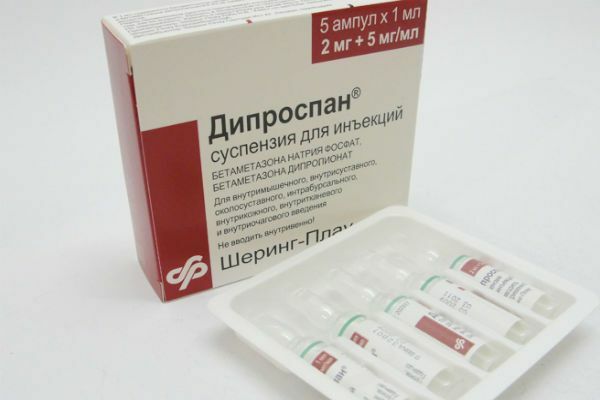
Injections: The main active ingredient of the drug is betamethasone The drug is prescribed for the treatment of articular inflammatory diseases
loading. ..
Methylprednisolone
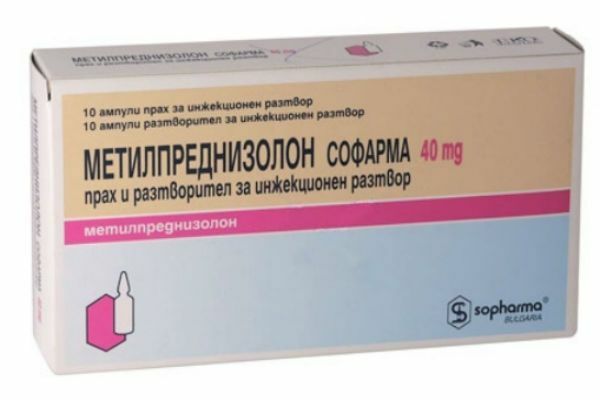
The drug in the form of dry loose material in ampoules. The main active ingredient is methylprednisolone. The drug has an anti-inflammatory, anti-allergymatic and immunosuppressive effects;
- myorelaxation remover and vessel spasms and muscle:
Diazepam
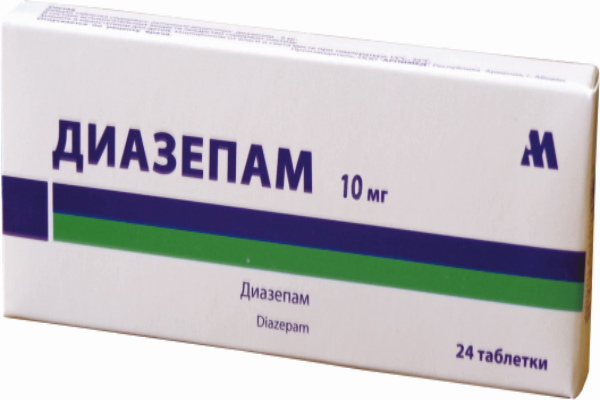
Tablets. The main active substance of the drug is diazepam. The drug has a sedative-hypnotic, anticonvulsant and muscle relaxant effect.
Baclofen
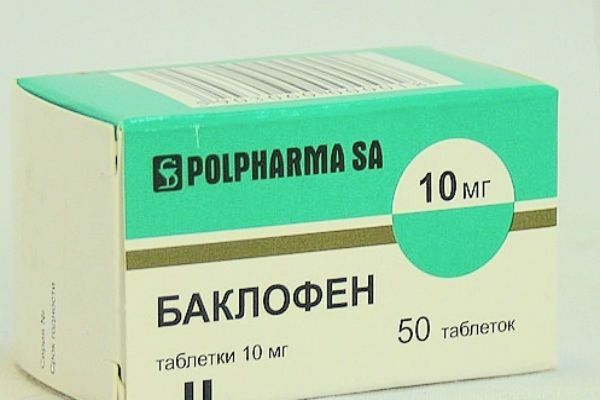
Tablets. The main active substance of the drug is baclofen. The drug has a miorelaksiruyuschee and antispastic action.
to contents ^Treatment of infectious bursitis
Treatment of infectious bursitis is possible using such methods:
- injection or oral antibiotic use;
- non-steroidal medications to relieve inflammation and pain;
- drainage for removal of pus from the synovial bag;
- bursectomy( surgical intervention to remove the inflamed bursa);
- corticosteroids:
Hydrocortisone
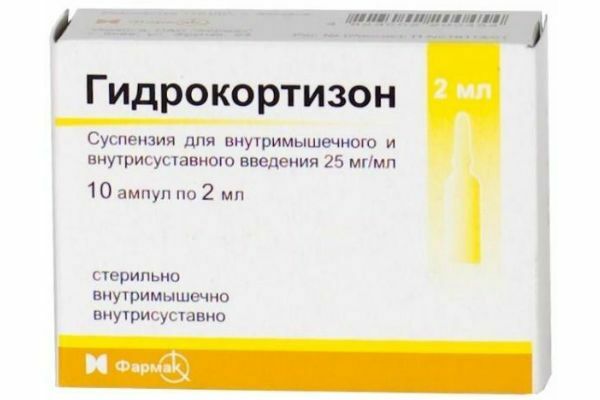
Nyxes. The main active substance of the drug is hydrocortisone. The drug has anti-inflammatory, anti-allergic and immunosuppressive effect.
Triamcinolone
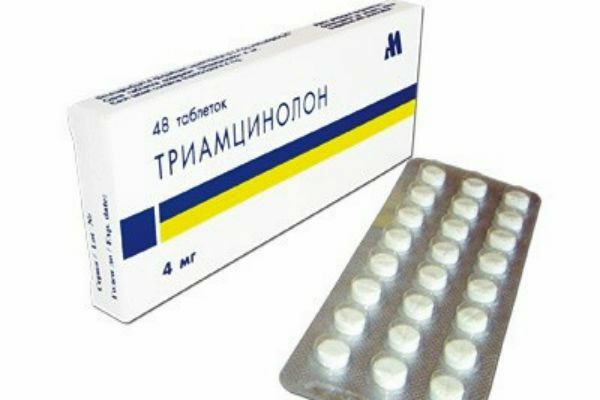
The drug is available in the form of ointments and tablets. The main active substance of the drug is triamcinolone. A hormonal drug that has anti-inflammatory, anti-allergic and immunosuppressive effects.
to contents ^Folk remedies
If for any reason there is no way to treat bursitis with the help of physiotherapy, then folk remedies can be used.
to contents ^Celery broth
To prepare this broth, pour a tablespoon of celery seeds with a glass of boiling water. Insist liquid for 2 hours. Drink a glass 2 times a day.
to contents ^Coniferous bath
To prepare a bath, you need to brew 1.5 kilograms of coniferous needles( pine, spruce, thuja, cedar) in 2 liters of boiling water. Leave for 2.5-3 hours to brew. Such raw materials should then be poured into the recruited bath and take it for 20 minutes.
to table of contents ^Compress with cabbage
For such a compress it is necessary to warm up hands with a leaf of white cabbage. Apply it for an hour to inflammation and reattach with a cloth.
to the table of contents ^Ointment from the laundry soap
First of all, to prepare the ointment, grate 100 grams of soap on a fine grater, then mix them with 120 grams of honey and finely chopped large onion. Apply ointment on the knee and leave for half an hour.
to the table of contents ^Herbal infusion
You can use the herb of St. John's wort or yarrow for cooking. You need 15 grams of raw material to pour a glass of boiling water, to insist for several hours. Take two tablespoons of ready infusion in the morning, afternoon and evening after eating.
Read also what are effective pills against joint pains http://woman-l.ru/tabletki-pri-bolyax-v-sustavax/to the table of contents ^Fresh leaves of lilac
Fresh lilac leaves to beat into gruel in a blender orthrough a meat grinder, spread the gruel on the affected area, wrapping the knee over the top with polyethylene, and leave for 30 minutes.
to contents ^Kalanchoe leaves
To prepare such a compress, it is necessary to stretch several leaves of the Kalanchoe well, then attach it to the trauma and stand for 40-50 minutes.
to the table of contents ^Sugar compress
On a hot frying pan you need to heat( not melting) 300-400 grams of sugar.pour it into a canvas bag or thick cloth and pin to the problem place for the night, covered with cellophane and scarf.
to contents ^Propolis
To prepare a compress, mix 10 grams of propolis and 100 grams of vodka. Insist a mixture of 5 days, make a lotion to bursitis while the swelling of the limb will not subside.
to contents ^Flax seeds
In calico cloth, 100-150 grams of flaxseeds should be wrapped and applied to the knee joint for the night until the problem disappears.
to contents ^Broth of burdock root
To prepare the broth, take 15 grams of burdock root, pour two glasses of water. Bring to a boil and simmer for 5 minutes. Make a compress with broth daily, for 2-3 hours for 20 days.
back to contents ^Salt compress
To make a solution, mix half a liter of boiling water and a tablespoon of soda. After damp in a clean natural woolen cloth and wrap her knee, top with a plastic wrap and a warm scarf. Duration of the procedure is from 3 to 8 hours daily.
to contents ^Vegetable compress
Cut potatoes, beets or cabbage( you can alternate foods every day), lay the sliced vegetable on a clean cloth and wrap up a knee with such a bandage. From above, you need to wrap it with a plastic bag and scarf. Do this compress every night.
to the table of contents ^Massage with aroma oils
First of all, mix in equal parts vaseline, eucalyptus and lavender oil. The mixture of oils must be rubbed into the skin, massaging around the affected area, every evening before going to bed.
to contents ^Consequences of
If the bursitis is untimely or refuses to treat bursitis, the following consequences may occur:
- sepsis - purulent infection of blood;
- phlegmon - pus damage to surrounding bursi tissues;
- lymphadenitis - inflammation of the lymph nodes next to the focus of the disease;
- purulent arthritis - affects the pus of the entire joint, which leads to a violation of its mobility;
- fistula - a canal filled with pus appears;
- osteomyelitis - inflammation of bone tissue, which is in close proximity to the source of the disease;
- contracture is a complete joint loss of the ability to move.
Therapeutic diet
To comply with this diet, you must first of all refuse to eat table salt and foods with high acidity. It is necessary to consume more vegetable food( vegetables and fruits, cereals, milk, honey, natural juices).Also, you can not consume salted cheese and fish, preserves, alcohol, coffee, chocolate for the period of treatment.
When cooking meat, it must first boil, and then stew or bake. Meat can be eaten no more than 3 times a week for 200 grams of finished products.
For the period of treatment it is necessary to completely stop eating protein and fat.to table of contents ^Prevention of
In order not to cause such a disease on the knee joint, it is necessary:
- to regulate the load on the knee joints;
- not leave without treatment any skin damage;
- if there is a constant load on the knees, then you need to wear special knee pads that reduce pressure on the joint;
- regularly arrange rest for legs( baths, massages for improvement of blood circulation);
- after a heavy load on the legs to attach to the knees packets of ice.
